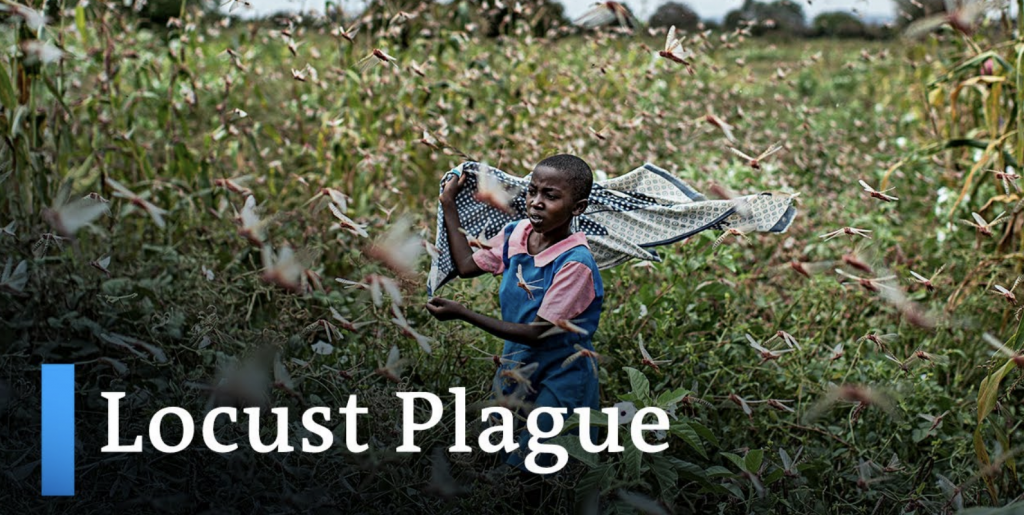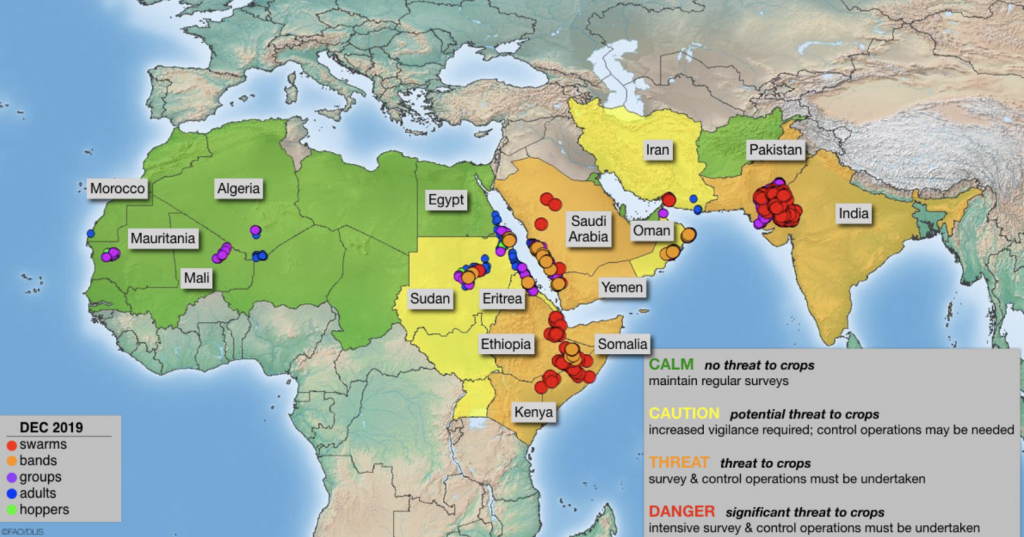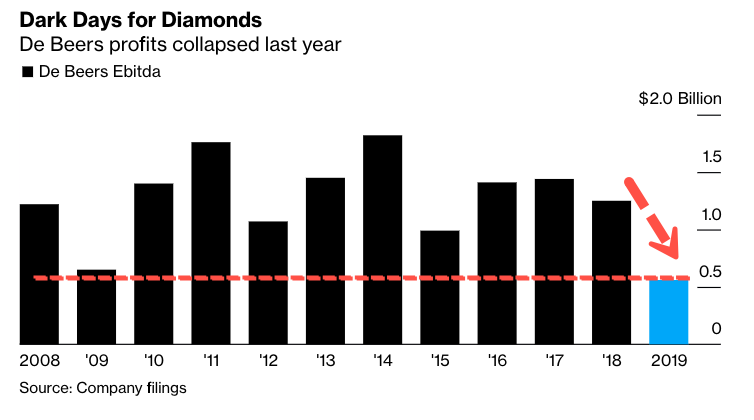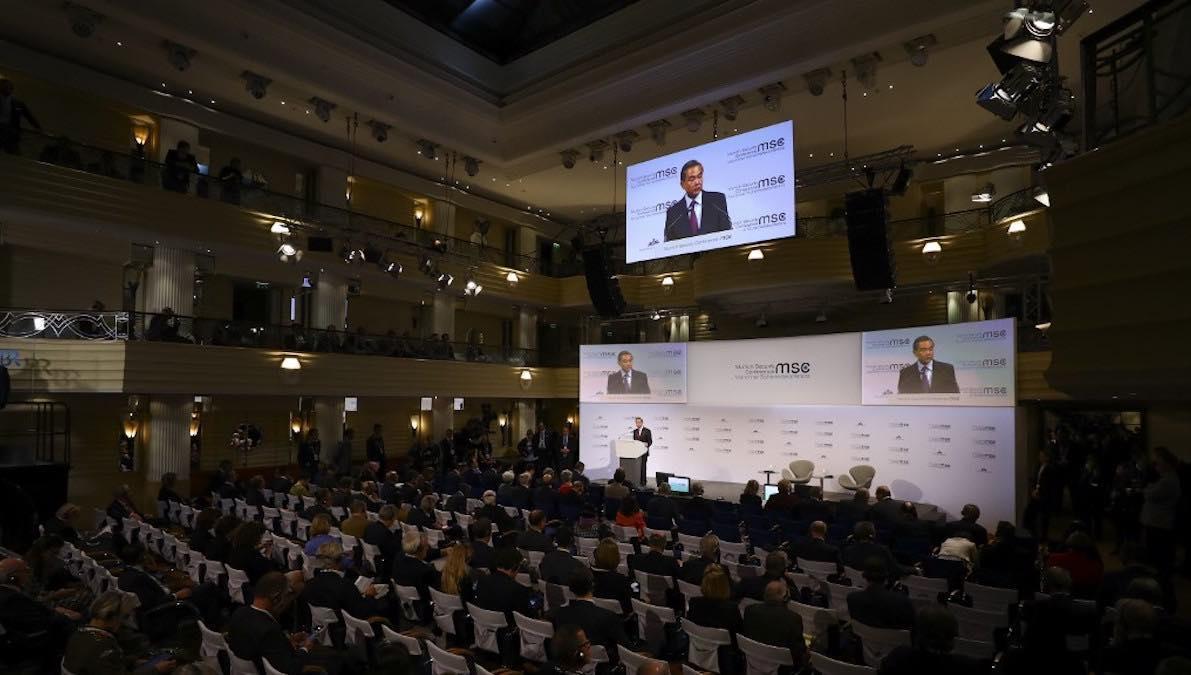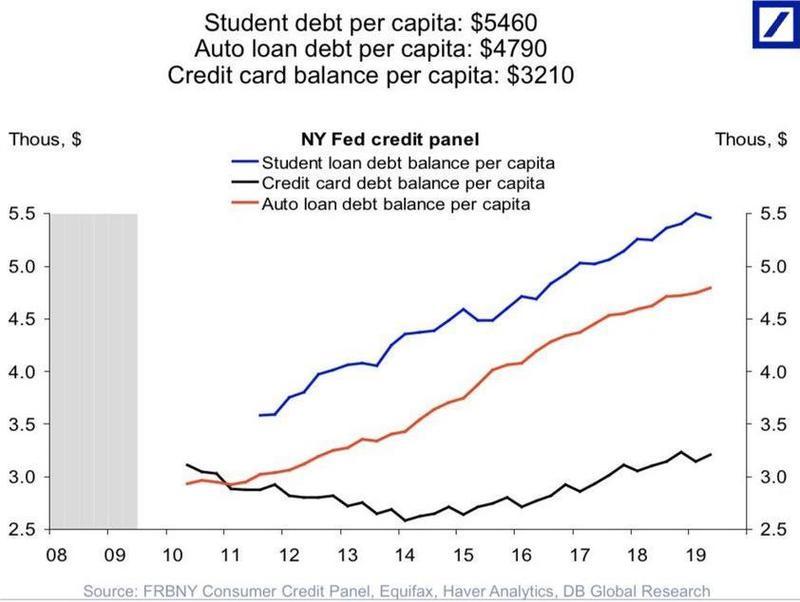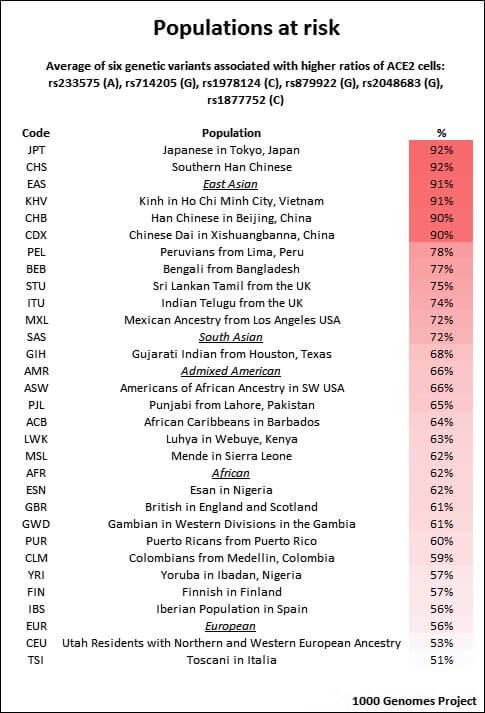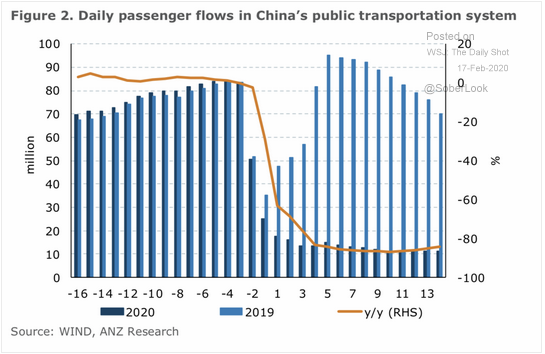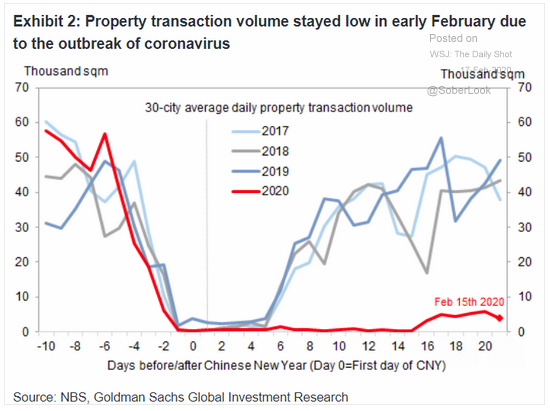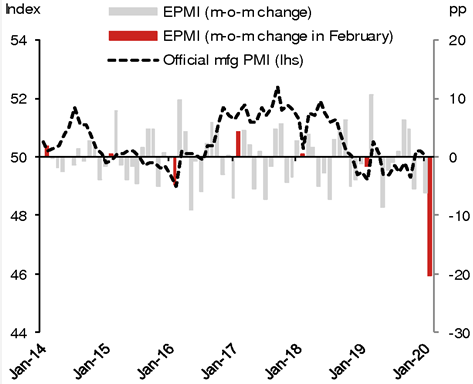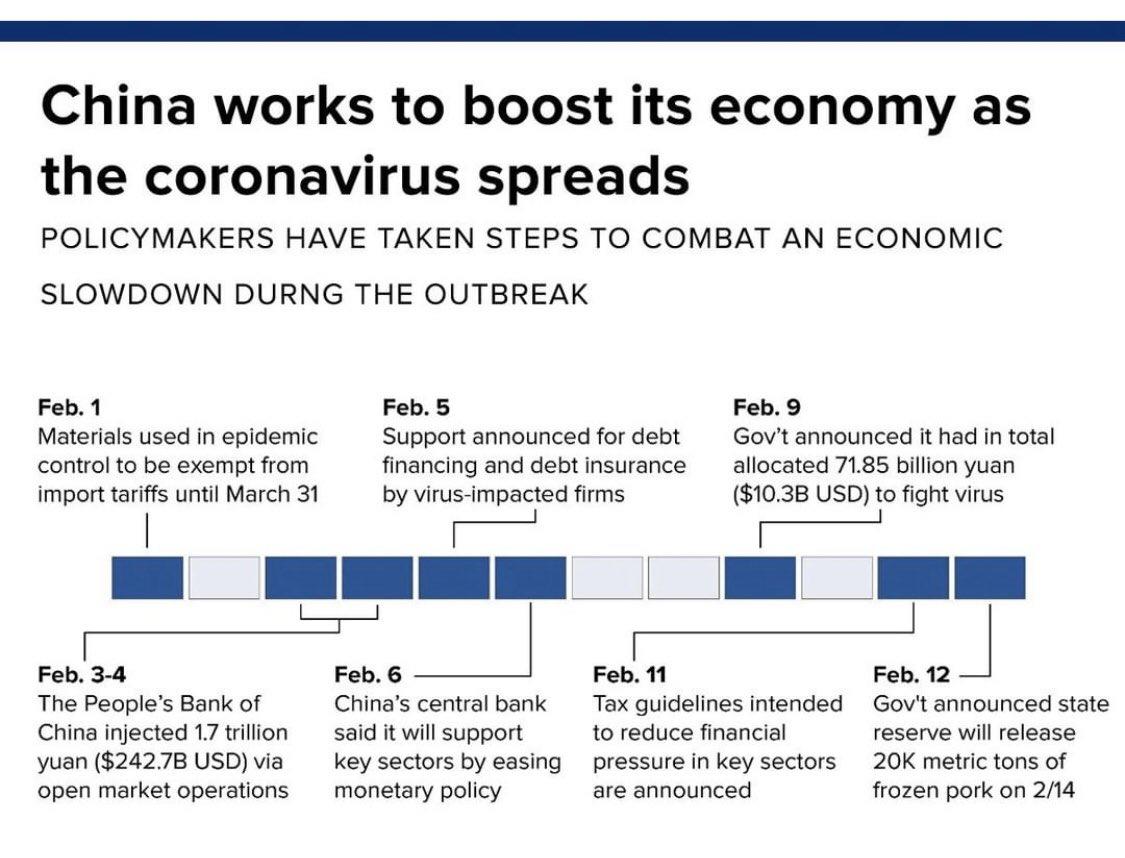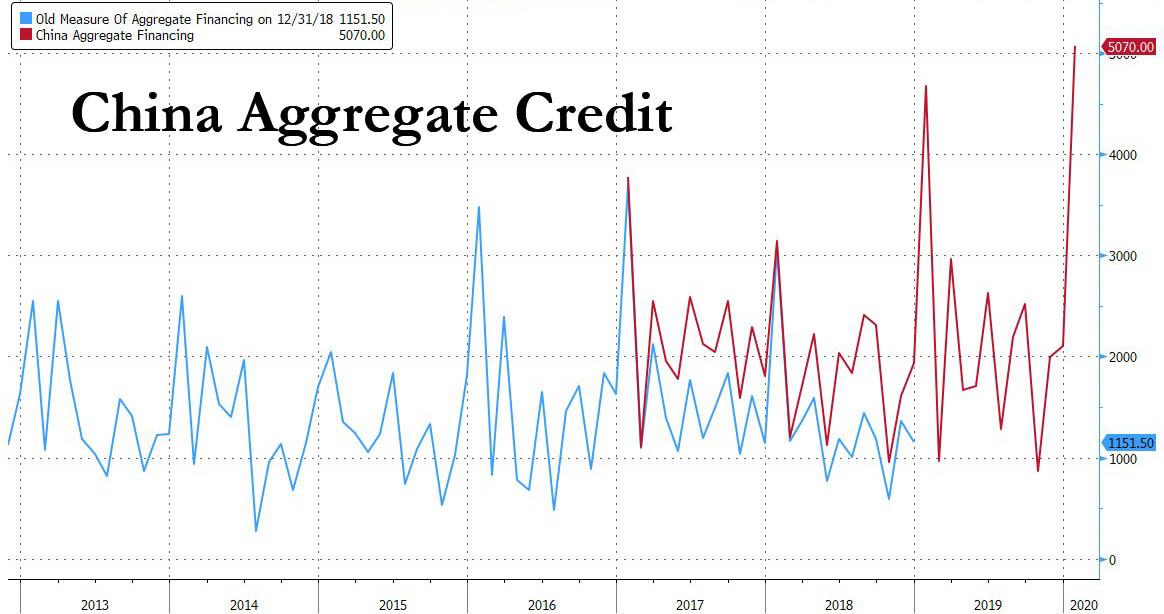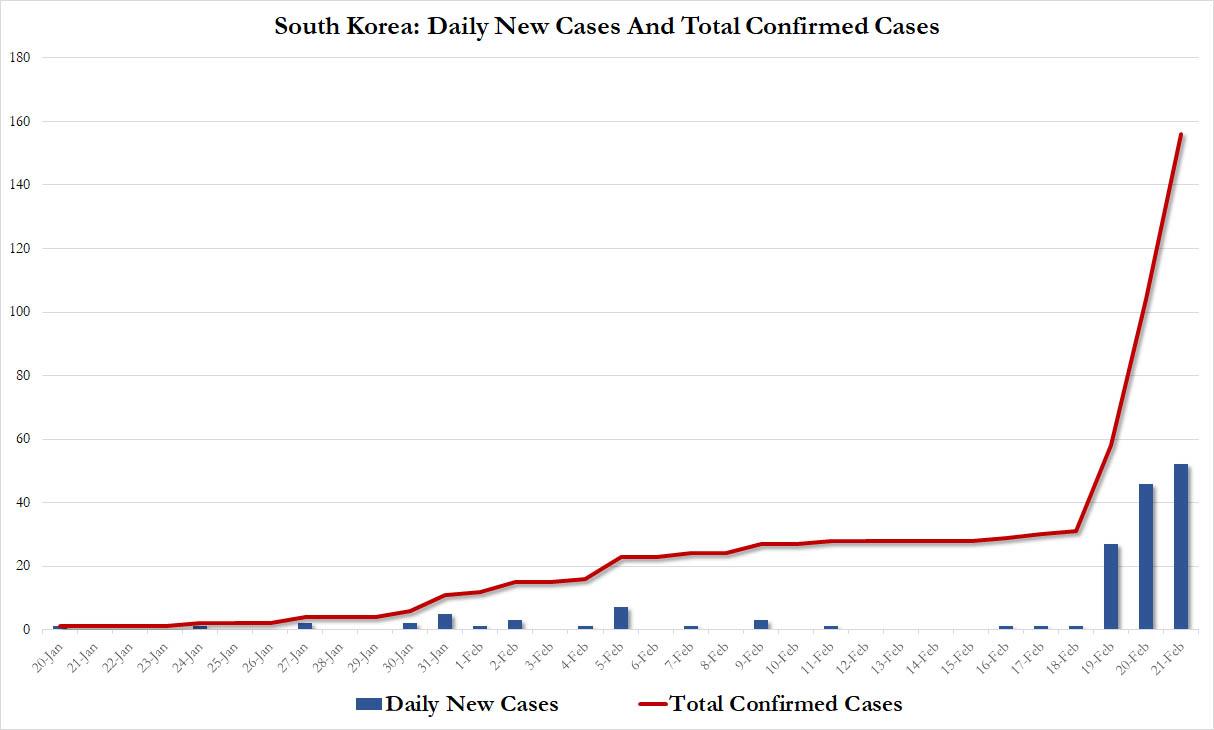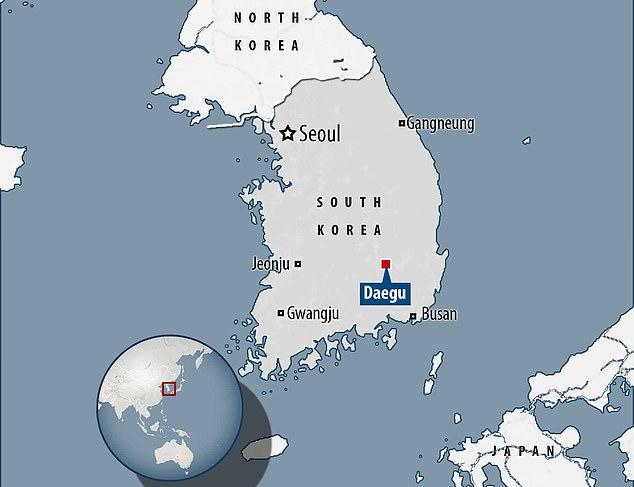Europe’s Anti-Science Plague Descends On Africa
Authored by James Njoroge via EuropeanScientist.com,
European activists are putting lives at risk in East Africa, turning a plague of insects into a real prospect of widespread famine. The fast-breeding desert locust has invaded Kenya, Somalia and Ethiopia, creating a state of emergency. The pests recently landed in Djibouti, Eritrea, Oman and Yemen. Swarms have also struck Tanzania and Uganda. They won’t stop on their own. According to the Food Agriculture Organization (FAO), “this is the worst situation in 25 years.”
These beasts consume every plant in their path, leaving behind devastated croplands and pastures, and can migrate up to 150km in a day. They’ve already covered a million hectares in Kenya, with no signs of slowing down.
The human toll is staggering. Twenty-five million people have been left hungry, by Oxfam’s estimate.
Yet, instead of rallying around African nations in this time of great peril, more EU-funded NGOs have descended on the Kenyan parliament to demand that the government disarm itself in the battle against locusts. They want the Kenyan government to outlaw the pesticides used to fight locusts, the only effective tool that can stop these insects, and prevent the crisis from spiraling out of control.
According to experts, a pesticide like fenitrothion will play a key role in eliminating locusts in Kenya and other African countries. Properly applied, it can thwart the desert locust swarms. But Kenya lacks the supplies it desperately needs. “The pesticide fenitrothion is very effective. It kills locusts within forty minutes to six hours of spraying,” says Salad Tutana, the Chair of Northern Kenya Locust Control Coordination team. Mr. Salad says they are experiencing a shortage of fenitrothion, but that fresh supplies of the pesticide have recently arrived from Japan.
More planes are needed for spraying. Currently, there are only five planes being used to spray the available insecticides.
Kenya has already set aside $2.5 million to combat locusts through spraying, but this is hardly enough as the situation continues to worsen. The U.N. FAO agreed to contribute $70 million to the spraying effort, but thus far only $15 million has made its way to the region.
Desperation in affected communities is real and more needs to be done. “We have resigned ourselves to crude methods, like shouting, burning tires, and blowing whistles, to chase away the insects,” Says Muthuri Murungi, a resident of Meru town in Eastern Kenya.
Africa’s agricultural community is still reeling from the incursion of another malignant pest, the Fall Army Worm, which in one year deprived Kenyan maize (corn) farmers of 70 percent of their crop. This voracious larval moth is kept in check in the Americas — where it is native — by pesticides and genetically modified Bt crops.
But, here too, the NGO activists are trying to dictate policies that will allow the insect plagues to continue, unchecked.
NGOs led by Route to Food — which opposes GMOs — is now pushing a proposal in Kenya to ban more than 200 pesticides — including those used against desert locusts and the Fall Army Worm. Route to Food was created in Africa in 2016 using taxpayer funds from the German Green Party’s Heinrich Boll Foundation.
This organization is advancing all the ideas currently fashionable in Europe, such as organic food mandates and opposition to modern crop technologies in the name of “agroecology.” Europeans can afford to pay the large surcharge to grow food with inefficient, organic methods. That’s not an option in Africa.
In effect, these Europeans want Africa to give up the idea of ever becoming an advanced world economy, or ever even reaching true food security. The “agro-ecology” fad embraced by European elites in international organizations — including some in FAO — extols “peasant farming” and the “right to subsistence agriculture,” as if that were some kind of ideal, while denying Africans the modern technologies used in countries like the United States and Brazil.
Route to Food isn’t alone. Another NGO, the Kenyan Organic Agricultural Network (KOAN), also sprouted from European seed capital. EU governments, through development agencies such as the Danish Ministry of Foreign Affairs, the Swiss Agency for Development and Cooperation, and the Dutch NGOs SNV and Humanist Institute for Cooperation with Developing Countries (HIVOS, or Humanistisch Instituut voor Ontwikkelingssamenwerking in Dutch) have created this group to advance the business interests of the organic industry. Thus, KOAN is promoting bans of the pesticides Kenya needs to address these crises, but the proposal they back quite conveniently excludes from the ban the organic farmers’ favorite pesticide, copper sulfate, which is highly toxic. Why the double standards?
Copper, in its various compounds, is considered “natural” and thus is approved for organic production, but it is highly dangerous to humans and destructive to biodiversity. It accumulates in the soil and is a known carcinogen. In 2015, the EU put copper compounds on its list of “candidates for substitution” — meaning they are “of particular concern to public health or the environment.” The EU would have banned the substances long ago, except that organic growers, who dump them on their fields in truly astounding quantities, couldn’t survive without it.
Banning safer, more efficient modern pesticides, like locust-fighting fenitrothion, but allowing copper is a craven way for the organic interests to wipe out the competition.
Meanwhile, unless the locusts are stopped, it is African farmers themselves that will be wiped out.
The swarms are expected to multiply 500-fold in a matter of months, particularly as the rainy season hits in April and May. For the privileged elites of Europe’s capitals, pesticides and agricultural technology are a matter of life-style and virtue-signaling (and, sometimes, straight forward financial interest). Europe is rich enough to decimate its own agriculture and become even a larger net importer of food than it already is. For Africans without such a luxury, this is a matter of life and death.
Europe has been paralyzed by faddish, fact-free claims of activist NGOs pushing political agendas. It needs to wake up and see what happens when these anti-scientific doctrines descend on the African continent. The natural, organic world without pesticides or GMOs that they are promoting has arrived in Africa. It is a cloud of destruction.
The rest of the world needs to take action to prevent this crisis from becoming the worst form of tragedy — one that could have been prevented.
Tyler Durden
Fri, 02/21/2020 – 03:30
via ZeroHedge News https://ift.tt/2V8nMxV Tyler Durden
